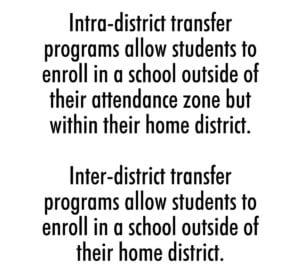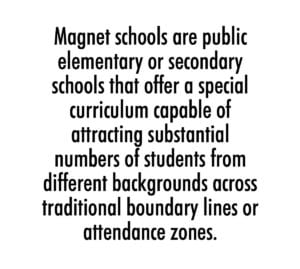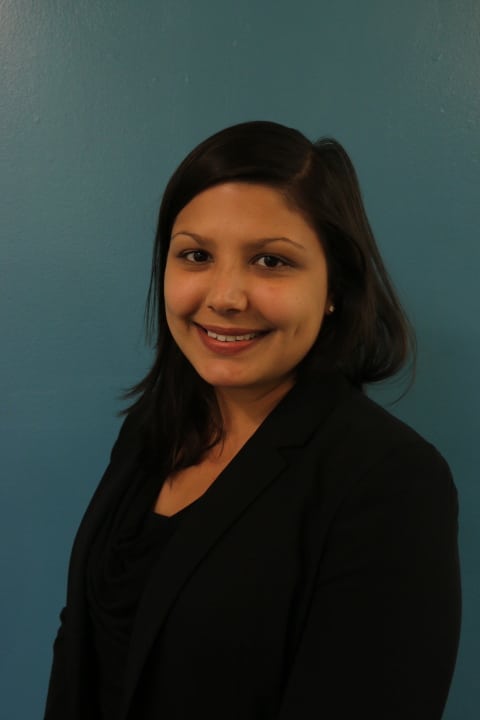I’m not a parent, but I plan to be one day, and when that day comes, I will want nothing more than for my child to receive the best education possible. Unfortunately, not all schools are created equal, but I feel privileged in knowing what to do to ensure my future child has a high-quality educational experience, one that equips her or him to thrive in college, career, and beyond.
I know I will need to purchase a home in a high-achieving school district, find the means to pay for private or out-of district tuition or, at the very least, have the knowhow to apply to a desirable charter, magnet, or exam school. If I go that route (assuming my child gets in), I will need a car or access to reliable public transportation, as well as a flexible work schedule to take my child to and from school every day if transportation is not provided by the school. Lastly, I will need a great support system, whether a partner, family member, or close friend, who will be ready to pick up the slack when things are hectic or don’t go according to plan. Simple enough, right?
Let’s be honest, this is not simple. Assuming a parent knows these factors are important for ensuring their child has a great educational experience, most of these take years to cultivate, not to mention resources that might not be there when the child is ready to start kindergarten. If you’re not like me, or future me (if all goes right), what do you do? What real choice do you have?
I have thought about this a lot and I think I would do what parents Tanya McDowell, Kelley Williams-Bolar, and Yolanda Hill did if I were desperate enough to get my child a good education. I would enroll my child in a well-funded, high-performing school, even if that school was outside the boundaries of where I live. I would break the law. I would break the law and hope to never get caught because “stealing an education” for my child would be worth the risk.
It is unfortunate that a parent’s choice might come to this, that the United States still operates a “separate and unequal” school system in the first place. The ultimate goal is for every child to receive a high-quality education, regardless of where they live. But that might be another 60 years from now or more, so what can be done in the meantime?
 One short-term solution would be to give parents more choices. According to the most recent Gallup Poll, Americans endorse school choice, particularly in the form of charter schools. In addition to charters, another form of school choice is beginning to gain more traction: intra/inter-district transfer programs and regional magnet schools.
One short-term solution would be to give parents more choices. According to the most recent Gallup Poll, Americans endorse school choice, particularly in the form of charter schools. In addition to charters, another form of school choice is beginning to gain more traction: intra/inter-district transfer programs and regional magnet schools.
These programs and schools provide public school choice for families unable to move, buy a home, or pay tuition to better their child’s education. Moreover, it is not uncommon for a school district or cluster of school districts in a metropolitan region with an intra- or inter-district transfer policy to also have magnet schools to attract students and families. Omaha’s Learning Community is an example of this, whereby 11 school districts (Omaha Public Schools plus 10 suburban districts) across two counties participate in open enrollment, and magnet schools are used to encourage two-way transfer of students between urban and suburban districts.
 While intra/inter-district transfer programs and magnet schools present more choices to families, it is important to consider the following key features adopted from a recent research brief by Kara S. Finnigan and Jennifer Jellison Holme to ensure equal access and equity of participation.
While intra/inter-district transfer programs and magnet schools present more choices to families, it is important to consider the following key features adopted from a recent research brief by Kara S. Finnigan and Jennifer Jellison Holme to ensure equal access and equity of participation.
- Selection by lottery and permanent placement. If more students apply or try to enroll in a school than available seats allow, students should be selected by lottery and granted permanent placement to ensure fairness in the selection and retention of students.
- Explicit diversity goals. Diversity goals are necessary to foster integration, rather than facilitate or perpetuate school segregation.
- Free and accessible transportation. Transportation to and from school must be provided to all students, regardless of where they live, to encourage participation.
- Student and parental supports. Supports for students and families are important to ease the transfer.
- Educator professional development. Especially in schools that lack expertise in working with diverse communities, professional development is crucial to understand the needs and cultural differences to better serve diverse populations of students and families.
- Regional governance. A governance structure that strikes a balance between local autonomy and regional equity is ideal for cross-boundary cooperation and collaboration.
- Place-based, incentivized, and “hold harmless” funding. Place-based investments are needed to support and strengthen urban districts and high-poverty schools to encourage the two-way transfer of students. State and/or federal incentivizing funding is needed to encourage districts to enroll students from other districts. “Hold harmless” funding is needed to encourage the participation of districts worried about not meeting accountability standards.
Programs and policies that allow students to move across boundaries give parents more choices to ensure their child receives the “world class” education all students deserve. With regional access and equity goals in place, intra/inter-district transfer programs and regional magnet schools are an effective way to do this.
Jenna Tomasello is a Program Associate at the American Youth Policy Forum.






